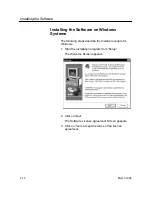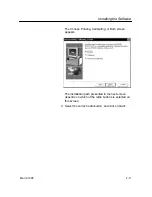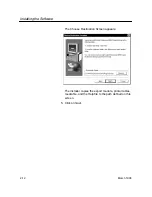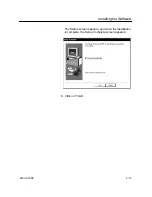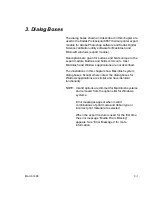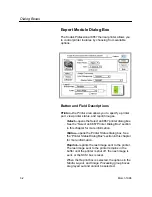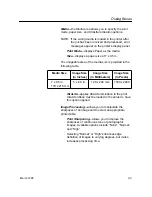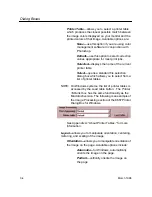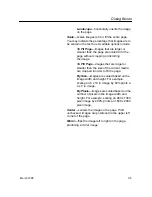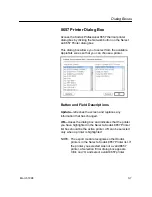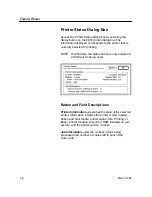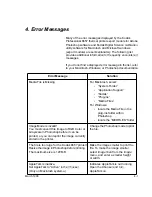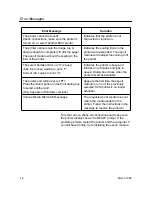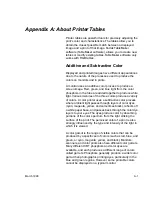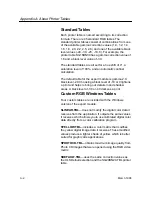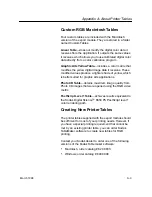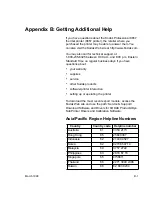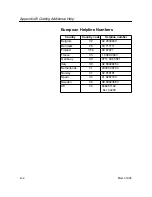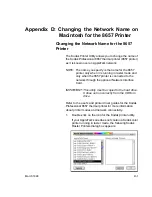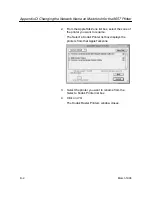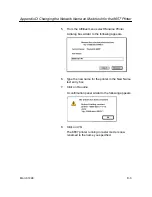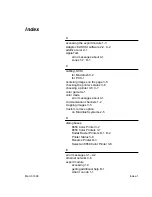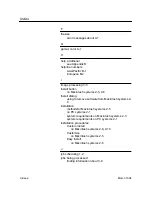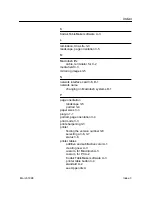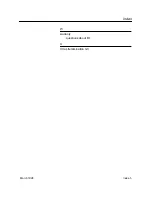
March 1998
A-1
Appendix A: About Printer Tables
Printer tables are powerful tools for precisely adjusting the
print’s color and characteristics. The tables allow you to
obtain the closest possible match between a displayed
image and a print of that image. Kodak TableMaker
software (TableMaker software), allows you to create new
tables or modify existing tables. TableMaker software only
works with RGB tables.
Additive and Subtractive Color
Displayed and printed images have different appearances
due to the nature of the processes used to produce the
colors on monitors and in prints.
A monitor uses an additive color process to produce a
screen image. Red, green, and blue light from the color
phosphors in the tube are added together to produce white
light. Various mixtures of the three colors produce a variety
of colors. A color printer uses a subtractive color process,
where ambient light passes through layers of color dyes
(cyan, magenta, yellow, and sometimes black), reflects off
a white paper base, and passes back through the color dye
layers to your eyes. The dyes produce color by absorbing
portions of the color spectrum from the light striking the
surface of the print. The perceived color of a print is also
strongly influenced by the type and intensity of the light in
which it is viewed.
A color gamut is the range of visible colors that can be
produced by a specific set of colors (such as red, blue, and
green, or cyan, magenta, yellow, and black). Monitors,
scanners, and color prints also have different color gamuts.
Many different CRT phosphors and color dyes are
available, and each produces a different range of colors
called gamuts. Phosphors generally produce a wider color
gamut than photographic printing dyes, particularly in the
blue and green regions. However, some printable colors
cannot be displayed on a typical monitor.

